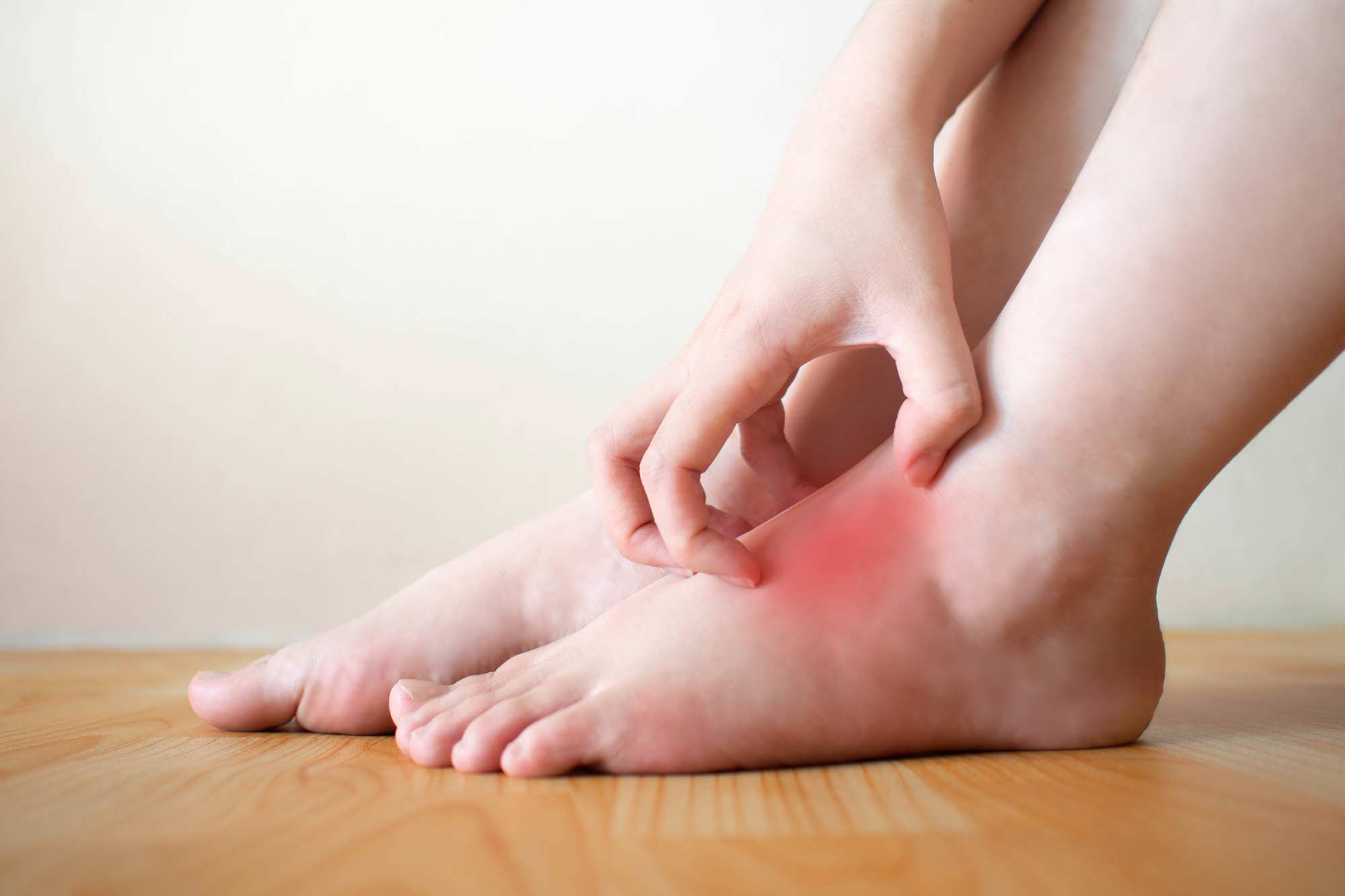Skin conditions are common among people with Diabetes. While rashes, infections, and sores can appear on the skin all over the body, the feet are often hotspots for these ailments. There are numerous causes for Diabetic foot rashes, so understanding the different types of conditions and the symptoms that accompany them is crucial to preventing and treating These foot issues.
Understanding Diabetic foot rashes
It’s important to understand that there is no single type of Diabetic foot rash. Rather there are two categories that foot conditions usually fall under: Foot rashes that are exclusive to Diabetics and general conditions that can affect anyone.
General Foot Conditions
There are many foot rashes that anyone can experience. However, those with Diabetes are far more likely to develop these conditions. High blood sugar levels often weaken a Diabetic’s immune system, decreasing their ability to fight infections. Here are a few foot issues that people with Diabetes commonly develop:
- Fungal infections such as Athletes foot, Ringworm, and Onychomycosis (infection under the toenails)
- Bacterial infections like Erythrasma and foot abscesses.
- Localized Itching caused by poor blood circulation.
Foot Conditions Exclusive to Diabetics
Since Diabetes can affect nearly every major system in the body, there are numerous foot conditions that afflict mainly, or exclusively, Diabetics. Here are just a few of the most common skin conditions found on the feet of Diabetic patients.
- Diabetic Dermopathy – Diabetes often causes changes in blood vessels all over the body. These changes can lead to a skin problem called Dermopathy. This skin condition causes brown, scaly patches on the legs and feet. While Dermopathy is harmless, many Diabetics become concerned with the appearance of these spots.
- Digital Sclerosis – Digital Sclerosis is a condition that causes the skin on the fingers and toes to become thick, tight, and waxy. If left untreated, the skin can quickly begin to dry out and begin to crack.
- Eruptive Xanthomatosis – When a Diabetic person’s cholesterol and blood sugar are out of balance, they can develop Eruptive Xanthomatosis. This condition consists of small firm, itchy, pea-like growths on hands, feet, arms, and legs.
Preventing and Treating A Diabetic Foot Rash
For those with Diabetes, proper foot care is essential. In addition to daily washing and moisturizing, The American Diabetes Association (ADA) recommends that you check your feet “every day for sores and cuts.” Any noticeable lesions should immediately be cleaned with soap and water.
Selecting the appropriate footwear is also crucial for those prone to Diabetic foot conditions. Generally, flat, broad shoes are the safest choice.
If you suffer from one or more of the foot conditions exclusive to Diabetics, the best thing you can do is ensure that you are keeping your Diabetes well managed. If your glucose levels are out of balance, your body will react accordingly, leading to the skin problems mentioned above.
Regardless of which type of foot condition you have, it is always best to see a specialist who can help you accurately diagnose your ailment and help you find the best treatment.
Canyon Oaks Foot and Ankle is Here to Help.
If you’ve noticed a rash, sore, or lesion on one or both of your feet, please don’t hesitate to contact us. At Canyon Oaks Foot and Ankle, Diabetes-related foot issues are our expertise. Our podiatric specialists have proudly been providing the very best foot and ankle care to the Central Valley area for over twenty years. Click here to schedule an appointment today!

